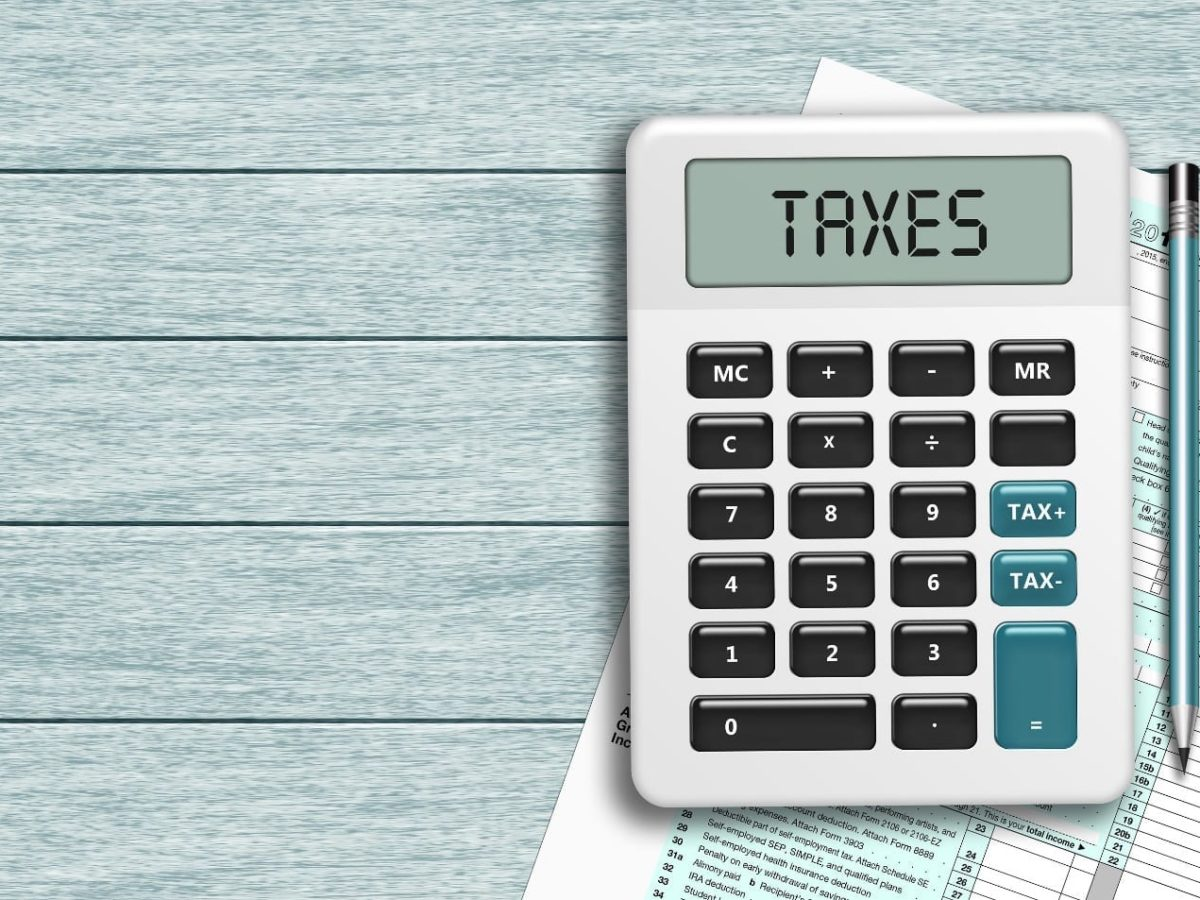The IRS has set up a new mechanism for self-employed people, freelancers, who must pay their taxes. You must pay your taxes four times a year as a self-employed individual. Estimated quarterly tax payments are what these taxes are called, and the total of them must equal your tax liability for the year. To remain on top of your taxes, you must pay your quarterly estimated penalties and keep track of your business spending. For instance, you must pay estimated taxes if you anticipate owing more than $1,000 in taxes, approximately $5,000 in self-employment income. The straightforward self-employed quarterly tax calculator can assist you in determining how much you should pay.
What is the best method for paying quarterly taxes?
The pay-as-you-go tax system in the United States essentially implies that you must pay your taxes as you earn them. The majority of taxpayers, particularly W2 employees, are unaffected since their employers deduct money from their paychecks to pay their taxes. With freelancers, however, this is not the case. You must pay your taxes as a self-employed person. Four times per year, you must pay your taxes. Estimated quarterly tax payments are what these taxes are called, and the total of them must equal your tax liability for the year. Here are some lists of points to remember:
Eliminating 98% of your job:
Simply by integrating all of your expenditure accounts, you can reduce 98% of your effort. You no longer have to keep track of bills and receipts since artificial intelligence finds them. You may easily review deductions and reduce a significant amount of labor with the quarterly income tax calculator. The A.I. will ask you a few simple questions to precisely calculate your quarterly tax payments in a matter of minutes.
CPA ensured precision:
Spreadsheets are no longer necessary with FlyFin as it is backed by CPAs and driven by A.I. to provide you with the most accurate tax review possible. Furthermore, you will receive a complete tax report created by CPAs, which will detail your costs by category and provide an in-depth breakdown of your deductions. You can even file your taxes through FlyFin with the assistance of CPAs or export data in IRS format to point elsewhere.
Automatically locating tax deductions:
FlyFin automatically scans your transactions after you have linked your accounts and categorizes all of your expenses into the following categories:
Deductions
Non-Deductions
Deductions that may apply
The A.I. will prompt you to Accept or Reject an expense for Business purposes to identify whether it is for Personal or Business purposes. You can swipe up to consult a CPA if you are ever unsure about an expense. The difficult issue, though, is that each field of work is unique. The A.I. will assist you in determining your deductions according to your occupation and filing status. If you are an artist, you can deduct art supplies, inventory costs, and so on. The IRS may not deem an expense deductible, even if it appears to be required. As a result, it is critical to identify business expenses from other costs like COGS, capital expenses, and personal expenses.
Automated bookkeeping:
One of the most important aspects of quarterly tax planning is organization. It might be time-consuming to go through spreadsheets and look for receipts. FlyFin is here to help you. Their AI-powered self-employed quarterly tax calculator works around the clock, scanning all of your expenses for the most specific deductions. At the same time, you will avoid paying any more than you owe. Self-employment taxes appear to be a source of much uncertainty. FlyFin helps bridge the gap between freelancers and IRS tax laws by making the entire procedure straightforward and effective.
Wrapping it up:
Finally, if your taxes appear complicated, it is usually best to get professional assistance. FlyFin AI provides a free CPA assessment and the world's most accurate estimated quarterly tax calculator. So these are the above-explained details about How to use Flyfin AI’s self-employed quarterly tax calculator.

Comments
Post a Comment